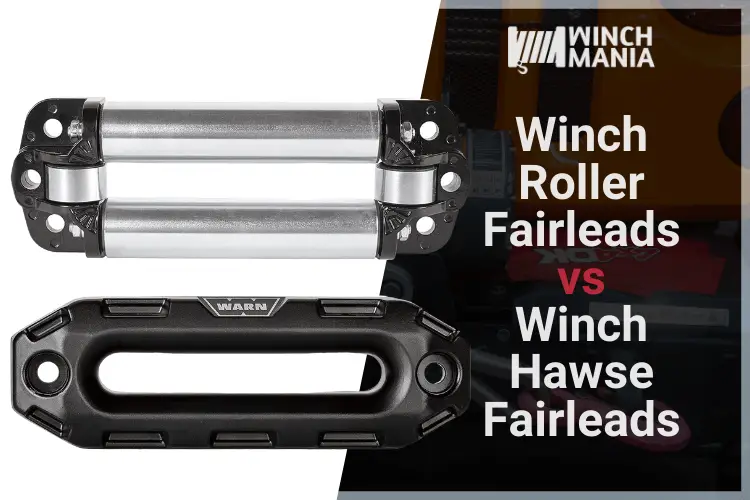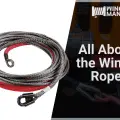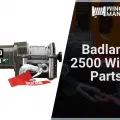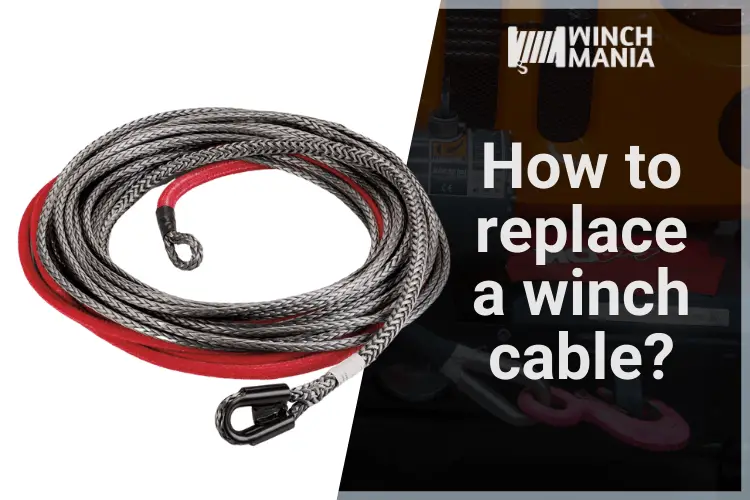
A winch has many parts; some parts are necessary for the function of the winch, others just make it better. One of the parts that make it better is a fairlead. Some off road enthusiasts may argue that a fairlead is necessary for the function of the winch. They may feel that way because of how much better a fairlead makes the performance of a winch.
At a Glance
Fairleads, What are They?
Fairleads are not only used on winches. They are also used on a lot of machineries and industrial equipment. The most basic function of a fairlead is to guide a rope or a line. However, since winches are quite expensive and sensitive machineries, they may require a more exquisite fairlead that deliberately does more than guide the winch rope back on the winch drum.
This is why some off road enthusiasts may feel like a fairlead is necessary for the function of a winch, because it does more than passively guide the rope. A good winch fairlead also protects the rope from abrasion. It also helps eliminate sharp angles on the rope between the fairlead and the winch drum.
Aluminum Fairlead on a Winch
Let us first examine the various materials with which fairleads are made from. The first item on our list is aluminum fairleads.
Aluminum fairleads are used with synthetic ropes. If you try using an aluminum fairlead with a steel cable, the cable will chew the aluminum to nonexistence since steel is harder than aluminum. Generally, aluminum fairleads are only hawse fairleads.
Theoretically, there can be an aluminum roller fairlead, but it will not be really good since aluminum is soft. The moving parts of a roller fairlead need strong materials to work at its peak.
Steel Fairlead on a Winch
There are only two materials used as a winch fairlead. One is aluminum and the other is steel. Steel fairlead can be used for either steel cable or synthetic rope. They can also be either hawse or roller fairleads.
What is a Hawse Fairlead on a Winch?
Let us now look at the two kinds of fairlead: hawse and roller. Let us first examine the hawse fairlead. The hawse fairlead is a pretty simple looking device compared to a roller fairlead. It comes from one piece of aluminum or steel machined into shape. It has no moving parts.
The hawse fairlead has what is called a chamfer on its center. The chamfer allows the winch line to smoothly glide and slide over it. The bigger the chamfer, the wider the hawse fairlead, the better it is for the winch line because it eliminates more sharp angles.
Hawse fairleads are lighter and simpler than a roller fairlead. Not to worry, though. They do not break easily under normal use. Unless you make the mistake of using an aluminum hawse with a steel cable, the cable will grind over the fairlead like sandpaper on pencil soft wood.
As was mentioned above, a hawse fairlead is light. This is an advantage if you want to lighten your winch setup. Aside from the weight, a hawse fairlead is smaller than a roller fairlead. This gives your winch a sleeker look. No one wants a huge chunk of metal sticking out of the front of their awesome ride.
Generally, the steel to steel grinding between a steel hawse fairlead and a steel cable is fine. But a roller fairlead is preferable for a steel cable.
Roller Fairlead on a Winch
A roller fairlead has moving parts. It should have two vertical rollers and two horizontal rollers that form a rectangle. A roller fairlead has its own advantages. One of the biggest advantages is it prevents the winch line from getting damaged from too much abrasion. Since the surfaces of a roller fairlead with which the winch line make contact spin, there is a lot less friction generated.
Roller fairleads are very sturdy. Even the moving parts do not get easily damaged. For decades, roller fairleads were the common fairleads with winches. But now we see aluminum hawse fairleads becoming more popular as the popularity of synthetic winch ropes rise.
But even with the apparent benefits of a roller fairlead, it does come with its own drawbacks. It is much heavier than a hawse fairlead and it sticks in front of the winch more than a hawse fairlead does.
Which One is Better: Hawse or Roller?
Well, neither. It really depends on your preferences. If you want a lighter setup, a synthetic rope with an aluminum hawse fairlead combo is your bet. But if you want a more durable setup, a steel cable with a steel roller fairlead is what you want.
However, looking at it historically, a hawse fairlead and a synthetic rope combo seems to be the trend these days. This is for good reason. Synthetic ropes are lighter yet can be stronger than steel cables. They are also safer than steel cables (for a more in-depth comparison between the two types of winch line, see this article). These qualities tend to attract more winch users to prefer synthetic ropes over steel cables.
What does that have to do with fairleads? Well, roller fairleads that have been used with steel cables have burrs made by the steel cable. These burrs can damage a synthetic rope. As was mentioned above, roller fairleads with steel cables was the traditional combo. So if the regular Joe decides to switch to synthetic rope, he also will likely switch to an aluminum hawse fairlead.
There is another aspect that makes hawse fairlead the more prevalent choice these days: manufacturer’s decisions. Fairlead manufacturers tend to prefer manufacturing hawse fairleads rather than roller fairleads.
Roller fairleads are bigger and require multiple moving parts. From the perspective of manufacturers, roller fairleads are a lot more expensive than hawse fairleads. Hawse fairleads are only made from one piece of cast iron or aluminum that a machine can shape into a fairlead. It is cheaper for them.
But at the end of the day, it is your choice.
What do you think is better, a hawse fairlead or a roller fairlead? Did you have any negative experience with either a hawse fairlead or a roller fairlead? Do you have questions about the matter of winch fairleads? Share your thoughts on the comments section!
We have a lot of guides and informative articles on the site. Here are a few that you might find helpful!



